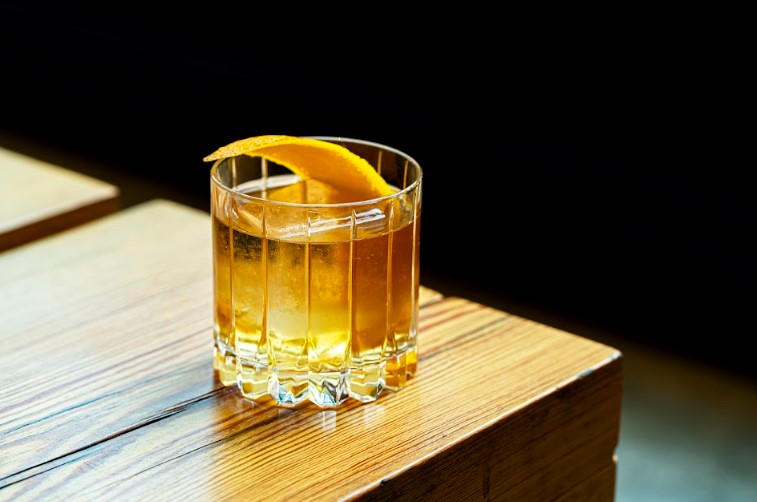
September 15th through October 15th is Hispanic Heritage Month. There’s no better way to kick off this month of celebration of the achievements and contributions of Hispanic Americans than by imbibing some well-made, delicious tequila. There’s no spirit more entrenched in Hispanic history and one that deserves not only a month of celebration, but a whole year of celebration.
For those unaware, the spirit must be made in Mexico to be referred to as a tequila. It can’t be made in Milwaukee and then listed as a tequila. That’s a major no-no. As Walter Sobchak states in The Big Lebowski, “There are rules.” But, while bourbon can be made anywhere in the United States, tequila has more specific geographic rules. It. can only be made in the state of Jalisco (where the town of Tequila is located) and a few areas in the states of Nayarit, Tamaulipas, Michoacán, and Guanajuato.
While more than 120 different types of agaves are grown in Mexico, to be called a tequila, the spirit must be made with Blue Weber agave (with neutral spirit made from sugar cane taking up the rest). The spirit must be made of at least 51% Blue Weber agave, although many higher-end brands tout 100% (anything less is referred to as Mixto). There are other rules and regulations, but you get the idea.
And while we love tequila straight or on the rocks to enjoy the nuanced flavors of vanilla, cooked agave, and oak, we also love tequila mixed drinks. The best part? There are a variety of tequila drinks ideally suited to celebrate this month. Below are some of the best tequila drink recipes for Hispanic Heritage Month courtesy of Cantera Negra Tequila and mixologist Javier Ramirez. Also, while we suggest using Cantera Negra Tequila with these recipes, your favorite expression will work just fine.
Tequila drink recipes for Hispanic Heritage Month
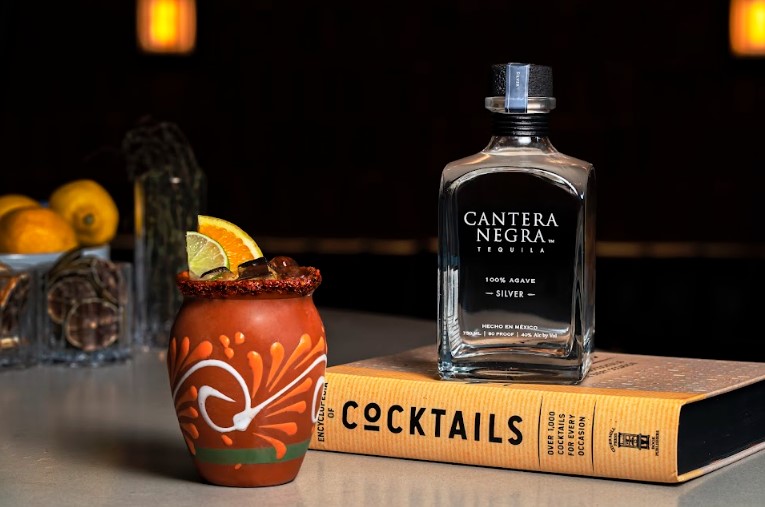
Copa de Oro
Ingredients:
1.5oz Cantera Negra Silver Tequila
0.5oz Campari
1oz Orange juice
0.5oz Lime juice
Dash of Scrappy’s Bitters
Top with grapefruit soda
Garnish: Orange, lime, Tajín and black lava salt
Instructions:
Run a lime wedge around the rim of a Cantarito cup. Cover the rim with Tajín and black lava salt. Combine all ingredients into a Cantarito cup, fill with ice, and top with grapefruit soda. Garnish with an orange and lime slice.
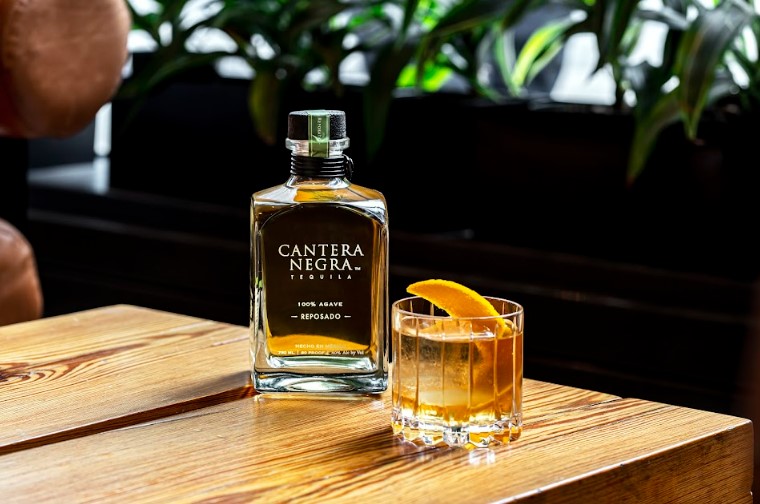
El Pueblo
Ingredients:
2oz Cantera Negra Reposado Tequila
0.25oz Ancho Reyes
0.5oz Brown simple syrup or raw cane sugar
2 dashes of chocolate bitters
Garnish: Orange peel
Instructions:
Combine all ingredients in a mixing glass. Stir for about 20 seconds. Pour over a large ice cube. Garnish with a flamed orange peel.
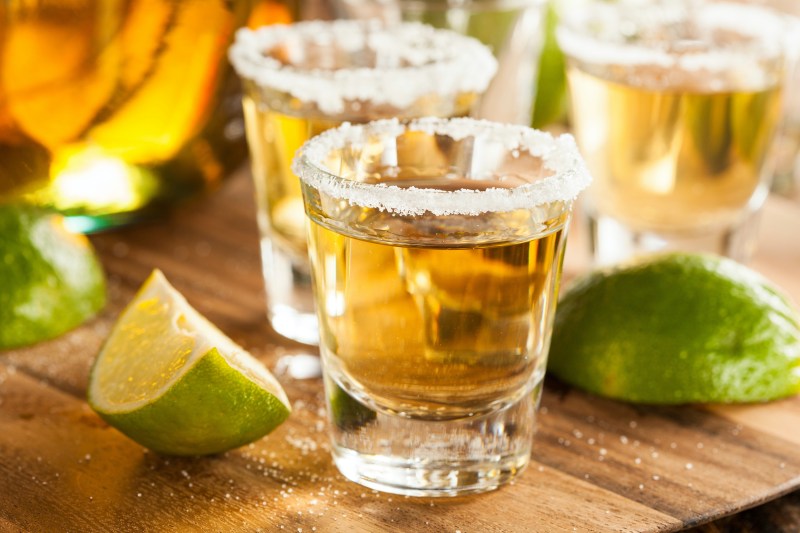
What is tequila made from?
For those new to the Mexican-made spirit, tequila is made from Blue Weber Agave. Technically, it’s a mezcal as all tequilas are mezcals, but not all mezcals are tequilas. If you haven’t figured it out, mezcal is the over-arching term for any agave-based spirit. Just like bourbon must be made up of at least 51% percent corn and rye whiskey must be made up of at least 51% rye, tequila must be made up of at least 51% Blue Weber agave. If you look at some of the more well-known brands, you’ll see that they make a point of adding that they’re made of “100% Blue Weber Agave”.
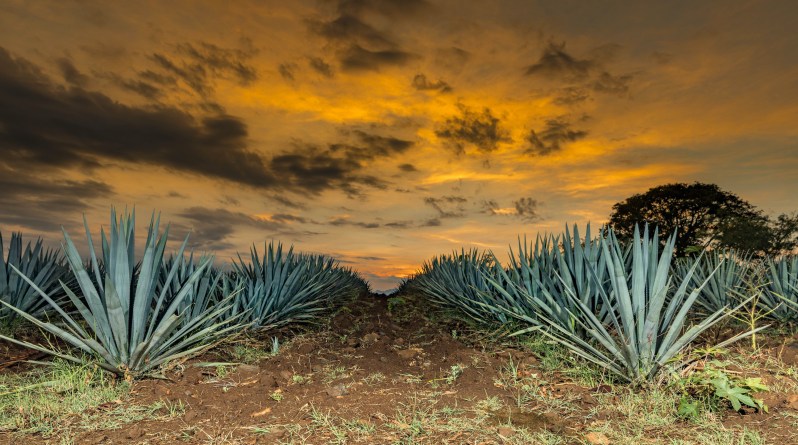
How is tequila made?
After the agave has reached maturity of at least six years (and usually longer), harvesters referred to as jimadors use a sharp tool called a coa to cut off the shoots to reveal the agave heart. Referred to as piñas, they are roasted in ovens before being pressed or shredded. The resulting juice is then fermented before being distilled. The result is an un-aged, clear blanco tequila (although it can still be referred to as ‘blanco’ even if it’s been aged for as long as two months). Next comes the aging.
- As we mentioned before, Blanco (also known as plata) is a name often associated with tequila added straight to bottles after distillation with no maturation whatsoever. It’s raw, vegetal, sweet, and sometimes harsh if made cheaply. It can, however, be rested for as long as two months and still carry this title.
- Joven is a popular variety that’s very similar to Blanco. It’s often a blend of unaged and aged tequilas and might have coloring or flavors added to it.
- Cristalino has gained in popularity recently. Simply put, it’s aged tequila that was filtered through charcoal to remove the color and any impurities.
- Reposado is a variety of tequila aged for at least two months and for as long as a year in oak barrels. This imparts subtle vanilla, caramel, and oak flavors.
- Añejo is the type of tequila for whiskey drinkers and pretty much anyone who enjoys a sipping tequila. Matured between one and three years, añejo tequilas pick up more oak, spices, dried fruits, toasted vanilla beans, toffee, and other flavors to accompany the roasted agave sweetness.
- Extra Añejo is matured for at least three years in oak barrels. This creates the most nuanced, complex, sippable version of tequila.



